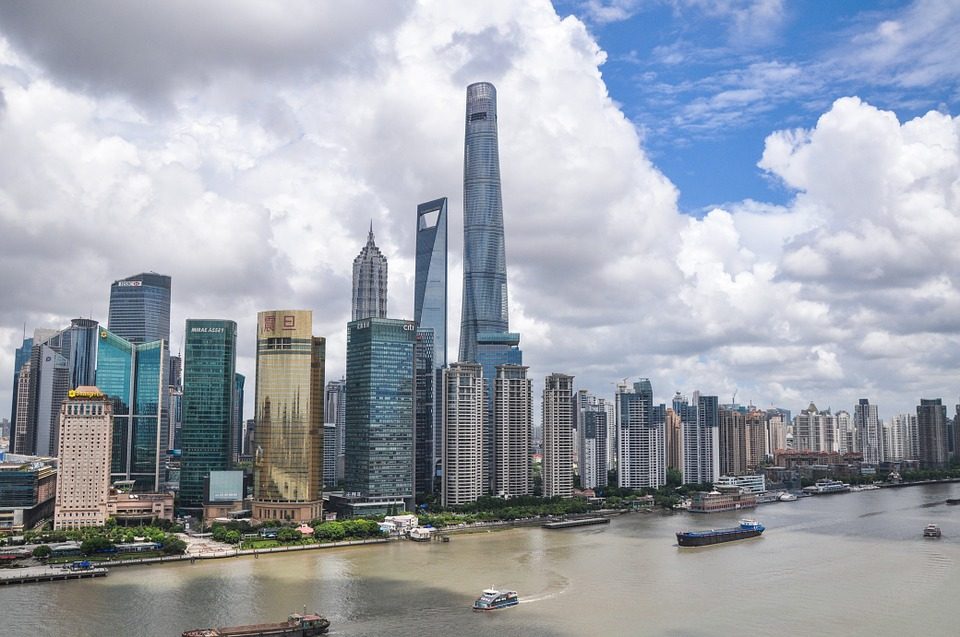
IPR protection guarantees better innovation
China’s reform and opening up nurtured and prospered its intellectual property rights (IPR) protection. In the 1980s, the country was in urgent need of an IPR protection system complying with international rules, especially a patent system, in order to better utilize foreign capital and technologies. On April 1, 1985, when China’s Patent Law came into force, a total of 3,455 patent applications were submitted to the country’s patent offices. It was hailed as a “new record in world patent history” by Arpad Bogsch, the then Director General of the World Intellectual Property Organization (WIPO). By 2017, China had recorded the largest volume of patent applications in the world for seven years in a row. The average pendency period for substantive examination was approximately 22 months, shorter than that of the US and Europe. China, almost starting from zero, took just 30-plus years to grow into an internationally recognized big country of IPR.
At the initial stages of reform and opening-up, many foreign-invested enterprises doubted whether their rights could be protected in China. However, they have now become a witness of the continuous improvement of China’s IPR protection after decades of development in the country. Since the implementation of the Patent Law, the number of patent applications filed by overseas applicants has surpassed 1.77 million, with an average annual growth rate of 11.24 percent. Recently, the high-profile patent lawsuit between Apple Inc. and Qualcomm Inc. achieved new progress at Fuzhou Intermediate People’s Court in southeast China’s Fujian province. Apart from these two companies, more and more transnational enterprises are coming to China for fair arbitration of patent disputes. It indicates not only the importance of the Chinese market, but also foreign enterprises’ confidence in China’s judicial system and law enforcement on IPR.
In a 2016 report on Chinese business environment released by American Chamber of Commerce in China, 91 percent of the surveyed American companies acknowledged China’s progress in IPR protection in the recent five years. To protect IPR is to protect innovation. A scientific and reasonable IPR system is not only “infrastructure” to accelerate technological progress and industrial transformation and upgrading, but also a hotbed to nurture innovative thinking and habits. According to the Global Innovation Index (GII) 2017 jointly released by WIPO and multiple universities, China was the only middle-income country that has constantly narrowed its gap of innovation with developed economies. In addition, it has also turned into one of the world’s top innovative countries. Such performance was largely attributed to the country’s IPR system which has laid a solid foundation.
China’s transition from a big country to a strong country of intellectual property comes from years of efforts. The protection of IPR has been listed as one of the four measures to expand opening-up by Chinese President Xi Jinping at the 2018 Boao Forum for Asia. From top-level design to policy implementation, China has fully demonstrated its strong determination to protect IPR. Its IPR protection measures are becoming increasingly targeted, and its IPR system is also being substantially improved. A draft amendment to the Patent Law has been submitted to the National People’s Congress for review and is expected to be approved the next year. The draft amendment substantially raised fines and penalties for patent infringements and counterfeiting, and noticeably increased the costs for IPR infringements. This year marks the 40th anniversary of reform and opening-up. The timely adjustment of the Patent Law signals that China will never stop protecting IPR, as well as its steps for innovation and development.
By Peng Fei
(Korea Times)



